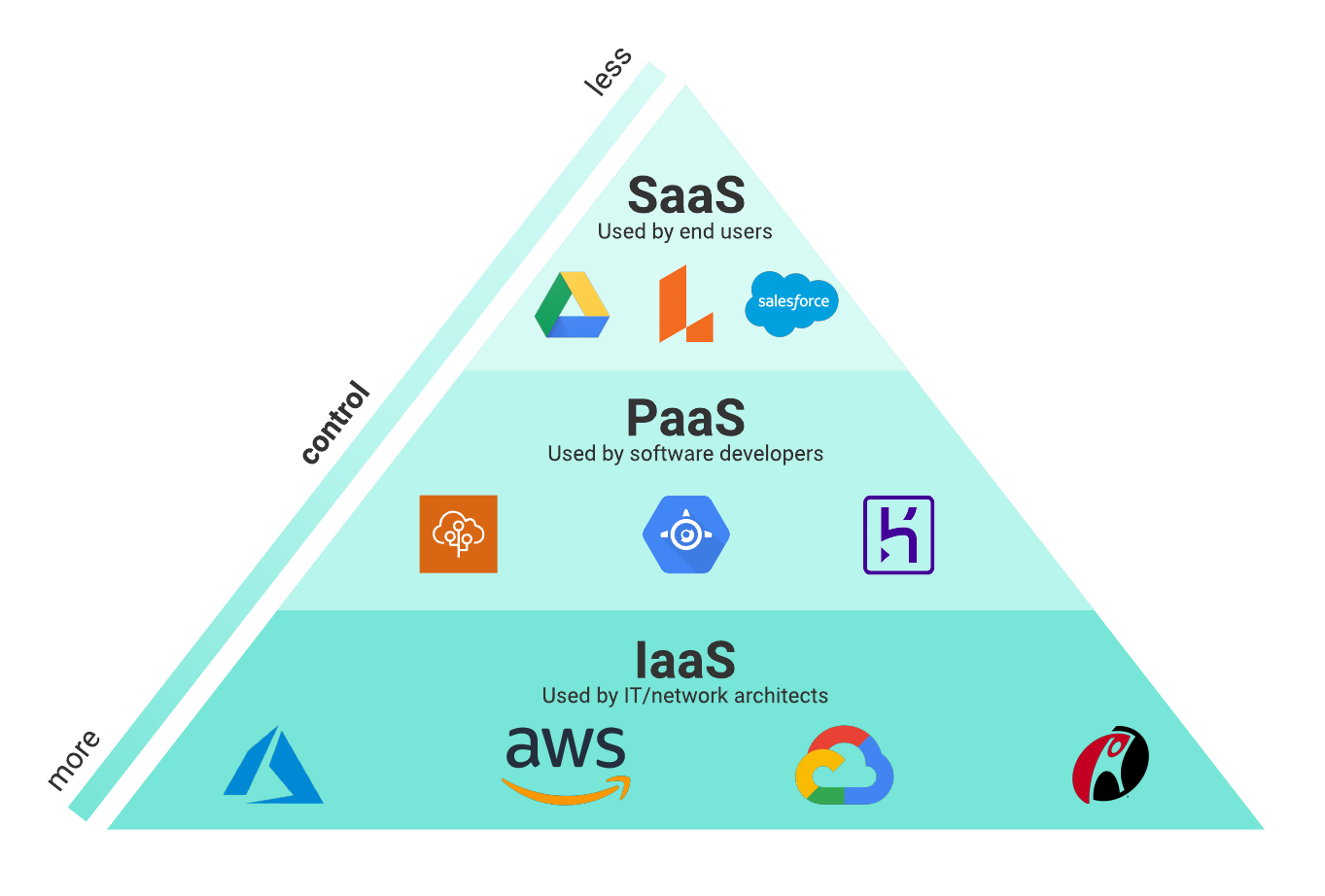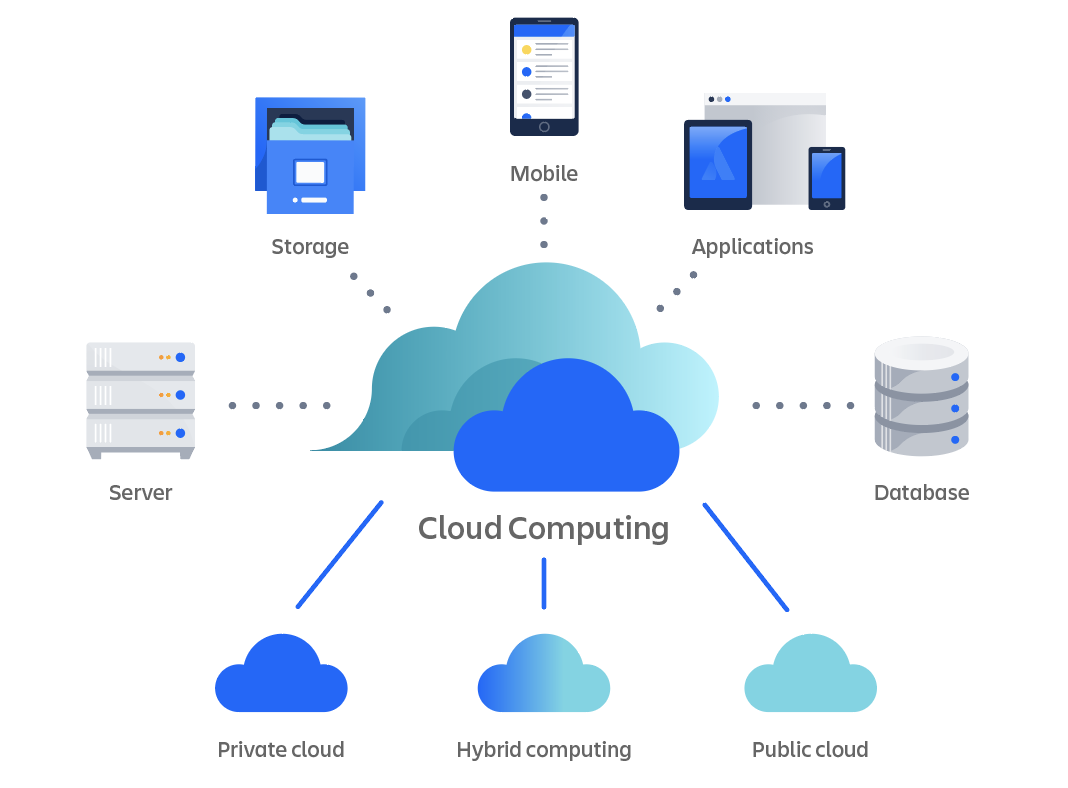Cloud Services Press Release: Newest Advancements and Updates
Cloud Services Press Release: Newest Advancements and Updates
Blog Article
Drive Technology: Harnessing the Power of Cloud Provider
In the busy landscape of modern-day organization, using the power of cloud services has become a vital component for companies intending to drive technology and preserve a competitive edge. The ability to scale resources dynamically, adopt advanced modern technologies flawlessly, and streamline advancement processes efficiently can considerably influence a company's ability to adapt and innovate. As we check out the complex connection between cloud solutions and technology, intriguing understandings on exactly how cloud options change standard service practices and lead the means for groundbreaking advancements will certainly be exposed.
Advantages of Cloud Provider
Cloud solutions use many benefits to organizations and individuals seeking versatile and efficient options for their digital needs. One of the essential advantages of utilizing cloud services is the cost-effectiveness they offer. By moving to the cloud, organizations can get rid of the need for pricey on-premises hardware and maintenance prices, instead going with a pay-as-you-go version that aligns with usage. This scalability allows services to change sources based upon demand, leading to optimum cost administration.
Additionally, cloud services enhance access and cooperation amongst teams. With information kept in the cloud, employees can firmly access data and applications from anywhere with a net link, promoting remote work capacities and enhancing performance. Real-time partnership functions allow multiple customers to deal with papers simultaneously, fostering smooth team effort no matter physical place.
One more benefit of cloud solutions is the enhanced data safety and disaster recuperation they use. Cloud carriers apply innovative safety and security measures to shield information from cyber dangers, making certain conformity with sector regulations. Furthermore, automatic back-ups and healing services minimize the danger of information loss as a result of unexpected occasions, offering peace of mind to individuals.
Cloud Migration Techniques
Transitioning to cloud services involves precise planning and tactical execution to guarantee a smooth and effective migration process. When moving their operations to the cloud, there are several cloud movement strategies that companies can consider. One common technique is the 'Rehost' strategy, where applications are raised and shifted to the cloud with marginal adjustments. This method is quick yet may not fully maximize cloud benefits. The 'Replatform' technique entails making some cloud optimizations throughout movement, such as upgrading the application style to make use of cloud-native features. Cloud Services. For a more thorough improvement, the 'Refactor' strategy entails rearchitecting applications to be cloud-native, enhancing scalability and efficiency. Additionally, the 'Repurchase' strategy includes replacing existing software program with cloud-based options, while the 'Retire' strategy entails decommissioning repetitive applications. Picking the ideal migration strategy relies on elements like cost, timeline, and desired end results, needing a careful evaluation of each choice's difficulties and benefits.
Enhancing Partnership in the Cloud
Enhancing team partnership with cloud-based tools can dramatically improve efficiency and streamline communication within companies. By leveraging cloud services, teams can function with each other effortlessly no matter of their physical locations, making it possible for real-time partnership on projects.

Protection Factors To Consider for Cloud Fostering
Exactly how can companies guarantee the robust security of their data when adopting cloud services? Safety and security considerations are paramount in the adoption of cloud solutions. Routine security audits and monitoring of the cloud setting aid in spotting and alleviating any protection violations without delay.

Cloud-Native Innovation Practices
In the realm of cloud computer, welcoming cloud-native advancement techniques is crucial for companies striving to maximize their digital facilities and enhance functional efficiency. Cloud-native development techniques include establishing applications particularly for cloud settings, leveraging the scalability, flexibility, and dexterity that cloud solutions offer. Deliberately applications with cloud-native concepts in mind, such as microservices architecture, containerization, and orchestration, companies can streamline their development processes, boost resource utilization, and react better to transforming market demands.
Additionally, cloud-native innovation practices advertise continuous combination and continuous distribution (CI/CD) pipes, making it possible for automated testing, deployment, and tracking of applications. This iterative approach promotes faster innovation cycles and enhances general software application top quality. Additionally, using serverless computing and managed services allows organizations to focus on establishing core business capabilities while unloading framework monitoring tasks to shadow company.
Fundamentally, accepting cloud-native innovation practices empowers organizations to drive technology, speed up time-to-market, and stay competitive in today's quickly developing electronic landscape.
Verdict

As we discover the intricate partnership between cloud services and technology, intriguing insights on exactly how cloud options revolutionize typical organization methods and lead the method for groundbreaking developments will be exposed. - cloud services press release
There are several cloud migration strategies that organizations can consider when relocating their procedures to the cloud. Cloud-native technology methods include establishing applications specifically for cloud environments, leveraging the scalability, adaptability, and agility that cloud services offer. In addition, the use of serverless computer and took care of services enables companies to focus on developing core company functionalities while unloading framework management tasks to shadow solution suppliers.
It is necessary for firms to consider cloud movement methods, boost partnership in the cloud, and prioritize protection actions to make certain successful fostering of cloud solutions and drive advancement within their organization.
Report this page